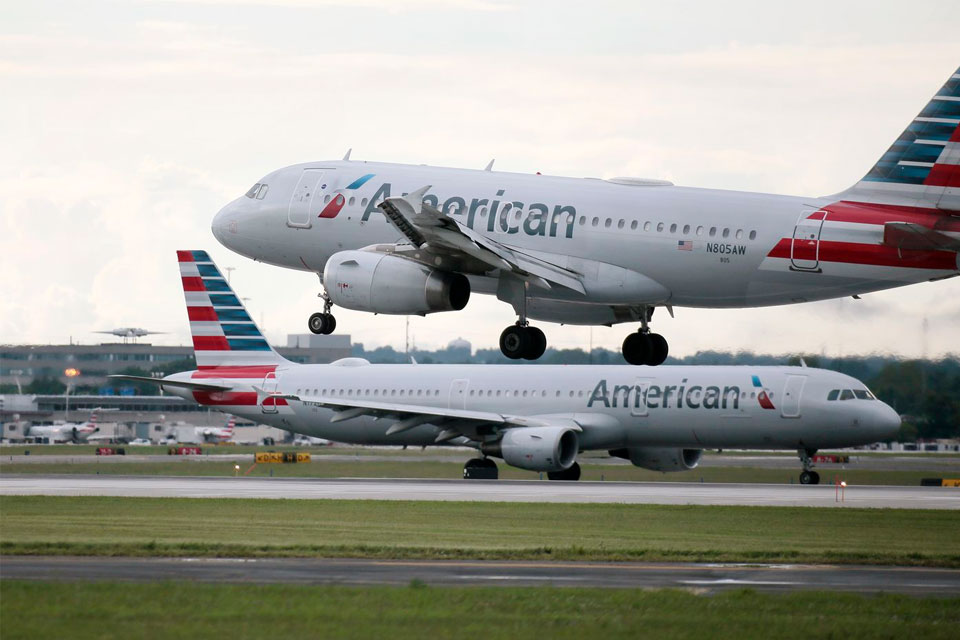On regular school days, school canteens serve 201,262 children. For these winter holidays, as has been happening at home since the covid-19 pandemic became a pandemic, Primary arranged for some educational centers to offer food to those schoolchildren who require, yes or yes, the service. For that enabled 153 host schools.
But the attendance data surprised the authorities and reignited the debate on school feeding, since only they signed up to receive their plate of food 20,900 schoolchildren (less than 11% of the usual beneficiaries). And until noon this Thursday, the penultimate day of service in this July vacation, barely 11,913 children attended to feed (they represent 57% of those who signed up and less than 6% of those who are regular users of school canteens).
The deputy principal of Primary, Olga de las Heras, announced these data in the Codicen session on Wednesday and the councilors’ reflections immediately arose. the official Juan Gabitoone of the most critical of how the school feeding program was administered, but, at the same time, one of the promoters of the essentiality of the food service during vacation times, said that “these figures dismantle the discourses of those who say that there is so much hunger and poverty.”
Gabito showed “satisfaction” because the food delivery system “worked and was at the order of the children who required it”, but regretted that this time no tickets were given to those who eat in rural schools. “That wouldn’t have changed the needle in the big numbers, but it would have been important as a fair show,” he explained.
A system in doubt?
School feeding has become, so far during the current administration, one of the areas of dispute between the ruling party and the opposition. First there was an audit of the functioning of the school program. At that time, the Minister of Education, Paul Da Silveira, questioned the cost of food. Then, the Primary director explained that to “avoid the risk of obesity” the repetition of the food plate was being prohibited (an aspect that the administration later reversed and clarified). Meanwhile, in each union strike there was a crossfire between the unions and the government over who should be responsible for the attention in the dining rooms.
“It is a sad resource to use school feeding to revile the stoppage of education”, the former Primary counselor had criticized, Hector Florit. The retired teacher insisted on more than one occasion that “the public school has become stingy and inquisitive.”
According to the project Accountabilitythe ANEP allocated $2,876 million to food last year. That meant 40% of the current expenses and supplies of the Administration (other than that, in the total budget, 87% goes to the payment of remunerations).
“I don’t think that these results of effective assistance to eat on vacations lead to suggest that the food system be dismantled, because the objective of the program is not only the food itself,” said Gabito.
The Primary Principal, Grace Fabeyrohad said that as a teacher she saw that “teaching habits, the colors of food, food health and nutrition is an important function.” And outside of education, she pointed out, the food supply makes it easier for many parents to task of preparing balanced and quality meals for their children every school day.







